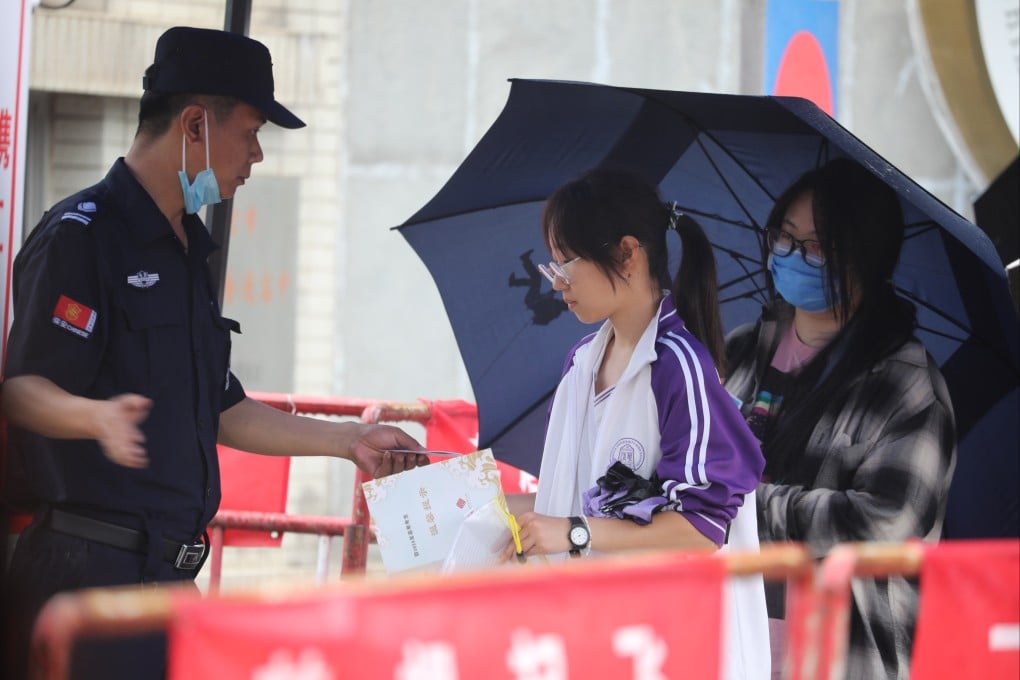Chinese provinces bring in AI to stop cheating in gaokao university entrance exams
- AI allows massive amounts of surveillance video to be processed and reviewed quickly to detect violations

A number of Chinese provinces have used artificial intelligence to monitor the national college entrance examination, or gaokao, and crack down on cheating and other violations.
A record number of 13.42 million students have registered this year for the exams, which start on Saturday, according to the Ministry of Education.
Provinces including Guangdong and Hainan in China’s south and Shandong in the east have adopted an “artificial intelligent patrol system” to supervise the exams to strengthen monitoring and ensure the fairness of the examination, according to domestic media.
“[We should] actively promote real-time intelligent inspection of examination rooms and confidential rooms, to further strengthen the hi-tech system that prevents cheating,” the ministry said on its website on June 1.
In China, the gaokao is widely considered the most important exam, the one that could make or break a young person’s future. Competition remains fierce to gain admission into the country’s top universities, with authorities taking extra measures to prevent cheating.
Regulators have adopted various technologies in recent years, including deploying drones to detect cheating activities in 2015.
And since 2016, cheating in the gaokao can be treated as a criminal offence.
